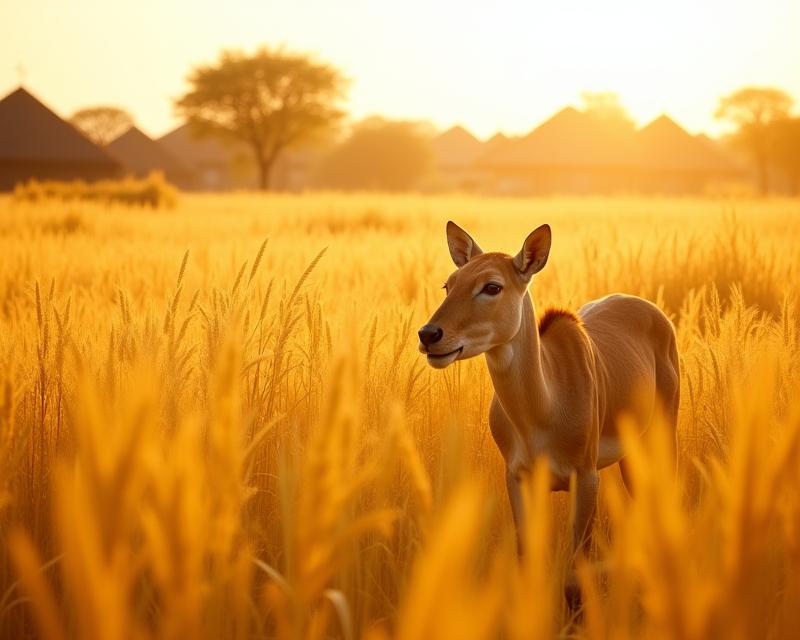Millet: An Ancient Grain with a Modern Future
Publish in Crops el 21/07/2025 00:47
Millet: An Ancient Grain with a Modern Future
For farmers and gardeners, understanding the history of crops can offer valuable insights into sustainable practices and resilient food systems. Today, we're diving into the fascinating story of millet, an ancient grain that played a pivotal role in shaping early African diets and agricultural landscapes. Its story is one of adaptation, resilience, and a crucial contribution to human civilization.

A Staple of the Past
Millet isn't a new arrival on the agricultural scene. Archaeological evidence suggests that millet cultivation began in Africa as early as 10,000 years ago! It thrived in the dry, semi-arid regions where other grains struggled to grow. This made it a vital food source for early agricultural communities across sub-Saharan Africa. Unlike wheat or rice, millet is incredibly drought-tolerant, making it a reliable crop even when rainfall is unpredictable. It provided essential nutrients and calories, forming the backbone of many traditional African diets. Think of it as a superfood of the past, perfectly suited to its environment.
Why Millet Matters Today
The importance of millet extends far beyond its historical significance. In a world facing increasing challenges from climate change and food security concerns, millet is experiencing a resurgence. Its resilience to drought and heat makes it an excellent choice for farmers in regions vulnerable to water scarcity. Furthermore, millet is packed with nutrients – it's a good source of protein, fiber, iron, and magnesium. This nutritional profile makes it a valuable addition to both human and animal diets. It's also relatively easy to grow, requiring less water and fewer inputs than many other crops, which is a huge plus for sustainable farming practices.
Cultivating Millet for the Future
Whether you're a seasoned farmer or just starting out, millet is worth considering. There are several varieties of millet, each with its own unique characteristics. Pearl millet, finger millet, and proso millet are among the most common. Understanding the specific needs of each variety – soil type, water requirements, and optimal planting times – is key to successful cultivation. Consider incorporating millet into crop rotation systems to improve soil health and reduce pest pressure. It can also be used as forage for livestock, providing a nutritious and sustainable feed source. Exploring millet offers a chance to connect with agricultural history while building a more resilient and sustainable future for your farm.
Consider researching local varieties and adapting farming techniques to your specific climate and soil conditions. There are many resources available online and through agricultural extension services to help you get started. Embracing crops like millet is a step towards a more diverse and secure food system for all.
- **Drought Tolerance:** Requires less water than many other grains.
- **Nutritional Value:** Excellent source of protein, fiber, and essential minerals.
- **Versatile Use:** Can be used for human consumption, livestock feed, and even biofuel production.





